Attendees at UCD’s Charles Institute Seminar Series recently heard a presentation by Dr Marjana Tomic-Canic on the latest translational research into wound healing and tissue repair and regeneration
The Charles Institute, Ireland’s national dermatology research and education centre, hosts a range of guest speakers who cover a variety of topics ranging from skin cancer to psoriasis, among others. The series, which is sponsored by RELIFE (part of the A.Menarini group), is designed to provide expert advice from a range of distinguished national and international experts in their respective fields and is chaired by Prof Desmond Tobin, Full Professor of Dermatological Science at UCD School of Medicine and Director of the Charles Institute of Dermatology. The seminars are broadcast to attendees with a special interest in dermatology and cutaneous science in other locations, who access the talks remotely via an audio-visual link.
Attendees heard a presentation from Dr Marjana Tomic-Canic, Professor of Dermatology, Vice Chair of Research, Eaglstein Chair in Wound Healing, and Director of the Wound Healing and Regenerative Medicine Research Program at the Miller School of Medicine, University of Miami, US. Dr Tomic-Canic delivered a presentation to the Charles Institute titled ‘From Bedside to Bench and Back: Why Wounds Don’t Heal and What Can We Do About It?’

She gave the attendees an overview of her latest findings in the translational, multidisciplinary programme in wound healing that she leads and which is designed to investigate the molecular and cellular mechanisms of tissue repair and regeneration in skin, including its pathogenesis. Dr Tomic-Canic discussed novel approaches to accelerating healing in chronic wounds, including analysing the molecular and cellular mechanisms that are utilised during the normal healing of acute wounds and identifying the molecular events that lead to inhibition of healing in chronic wounds, as well as developing local, sustained gene delivery mechanisms for optimal treatment.
She explained that current research in this field is in three main areas: The molecular and cellular mechanisms of wound healing and its inhibition, including the epigenetic and genomic regulation that facilitate the development of new therapeutics and diagnostics; the mechanisms by which local and systemic stress and metabolic changes (such as diabetes and obesity) regulate the healing process; and the infection/host response and balance of pro- and anti-inflammatory responses during the wound healing process in skin.
Clinical challenge
She provided a brief overview of the complexities in the process of wound healing, including epithelialisation, interactions with wound microbiomes and presence of fibrosis, among others, which combine to make healing of chronic wounds a major clinical challenge. “We now know that bacteria that is often found in chronic wounds, S.aureus induces miR-15 expression; it shuts down the inflammatory response and, at the same time, shuts down the DNA repair response,” Prof Tomic-Canic told the attendees.
“That basically results in DNA damage accumulations, and that actually triggers the induction of pro-inflammatory signal, interleukin-1. So simultaneously we have the shut-down of the inflammation, and its activation, all of which contribute to the mixed pro- and anti-inflammatory signals in the context of a chronic wound disrupting the sequence of progression of healing process, which results in chronicity of the wound.”
With regard to intracellular bacteria in wounds, Prof Tomic-Canic said that once bacteria invade keratinocytes intracellularly, antimicrobials are no longer effective as they cannot reach inside the keratinocyte, and this essentially creates a pathway for recurrence of persistent infection in the chronic wound environment. Her research with her colleagues into the presence of intracellular bacteria in the epidermis of chronic wounds showed that there are significantly more intracellular bacteria in the epidermis compared to the dermis.
Regarding studies on MRSA in diabetic foot ulcers, she said: “We have shown that perforin-2 kills bacteria in the phagosome and on the plasma membrane and is responsible for killing intracellular bacteria. Not only that, but we have found that perforin-2 is expressed in keratinocytes and CD45-positive immune cells. Experiments in mice have shown that perforin-2 is actually required for in vivo survival after MRSA epicutaneous challenge, she said.
“Acute wounding induces expression of perforin-2, and it was no surprise when we found a down-regulation of perforin-2 expression in diabetic foot ulcers. Interestingly, we found that S.aureus down-regulates perforin-2; we still don’t know what the mechanism is, but it is possible that a striking down-regulation of perforin-2 in diabetic foot ulcers is due to the S.aureus colonisation.”
‘Vicious circle’
Multiple, disorganised pro- and anti-inflammatory signals are present in chronic wounds and “now we see that in addition to extracellular bacteria, which triggers inflammatory response and release of interleukin-1, which in turn induces cortisol synthesis in epidermis. So, pro- and anti-inflammatory signals are perpetuated by extracellular bacteria in the wound. Adding to that is downregulation of perforin-2 leading to an accumulation of intracellular bacteria, which triggers pyroptosis (inflammatory cell death) resulting in the release of interleukin-1, which activates cortisol synthesis and we have this vicious circle of dysregulated pro- and anti-inflammatory signals that is detrimental to healing.”
These discoveries show that rather than wounds being ‘stuck’ in an inflammatory phase, these mechanisms actually lead to an ineffective and suboptimal chronic inflammatory response that never reaches the level of an acute wound inflammatory response, therefore preventing progression to the next phase of wound healing, she told the seminar. The challenge is to reactivate the chronic wound response: “Skin is an extrahepatic site of cholesterol synthesis that serves as a source of local cortisol synthesis and represents a target for statins… we wanted to see if statins applied topically could modify the level of cortisol in the chronic wound environment.
“We now know that statins induce cell migration and down-regulate cell proliferation,” said Dr Tomic-Canic. “That is what we want to achieve, because one of the hallmarks of a chronic wound is a high level of keratinocyte proliferation at the wound edge, but no migration of epidermal cells to close the wound. Topical statins completely reverse this process by inducing migration and decreasing hyperproliferation.”
Explaining that non-healing wound beds show the hallmarks of fibrotic disease, she also briefly discussed bioengineered bilayered living cellular construct (BLCC) cell therapy. “BLCC cell therapy, in addition to shifting this inflammatory response to become more ‘acute wound-like’, also shows antifibrotic effect. One of the things that they activate is metallothioneins, leading to zinc release and activation of good collagenases, which leads to down-regulation of fibrosis. So overall, we can really change the phenotypes and shift from this lingering, dysregulated inflammatory response to a strong, acute wound healing pro-inflammatory response,” she said.
Dr Tomic-Canic concluded: “So instead of all this ‘noise’ with mixed pro- and anti-inflammatory signals, we can actually restore this inflammatory phase to acute wound level in a chronic wound, whether we are targeting it with statins, cell therapy or IPSC [induced pluripotent stem cell] reprogramming… the point is that there is hope that by changing the wound environment and shifting the biological pathways towards acute wound-like, we can actually improve that wound healing response and progression of healing in patients.”
Debridement
During an interactive Q&A session, Prof Tobin noted the many challenges and complexities in the field of wound healing, including the impact of ageing and comorbidities. “I am happy that this work is being done on humans, because I think the literature has become complicated by the very different type of wound-healing that occurs in mice, for example, but also the difficulty we have in obtaining good animal models, not just in diabetic foot ulcers, but also in conditions like HS [hidradenitis suppurativa], where there really isn’t any kind of suitable animal model to answer some of our basic questions.
“With regard to the lack of epithelial-mesenchymal transition (EMT) in the keratinocytes — they are happy to proliferate, but they don’t want to migrate. When you have an infected wound bed colonised with bacteria, there is obviously a huge risk in epithelialising over such an infected space,” said Prof Tobin. “Therefore, what is the sequence of events whereby you can encourage keratinocyte behaviour but discourage extracellular internal bacterial colonisation and infection?” he asked Prof Tomic-Canic, using the analogy that “you don’t want to put a roof on your house if there’s a bomb about to go off in a room below”.
“The timing is everything,” replied Prof Tomic-Canic, “especially in wound healing, which is one of the most temporal processes that you need to control, and that is why that tight control needs to be put in place,” she said. “I do agree that the first part of it is control of infection, but if you look at the biologics that are out there, one of the main challenges is appropriate wound bed preparation — I’m not talking about scraping, but sharp excision and really cleaning out the wound.
We have studied cells and patients’ tissue taken before and after debridement and even performed transcriptional profiling, and it turns out that debridement reactivates some of this acute wound phenotype. It seems counter-intuitive that you have a chronic wound and then you have to make it even bigger, but sharp debridement not only removes biofilm, but also reactivates the acute wound response, and that is key.
“Some of these biologics actually are less effective if the wound is infected and control of infection is needed before they can be applied, and I think that addresses your question — the timing of clinical treatment that will stimulate keratinocyte migration to successful closure is important, and the wound needs to be prepped.”
RELIFE has had no input into the content of this article or series of seminars
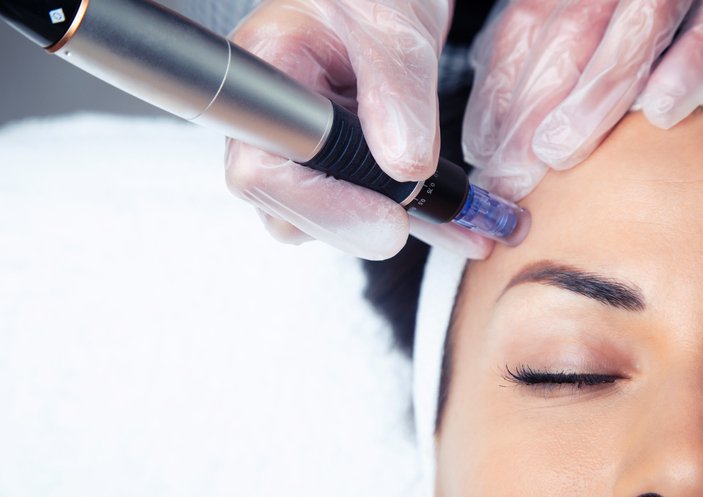
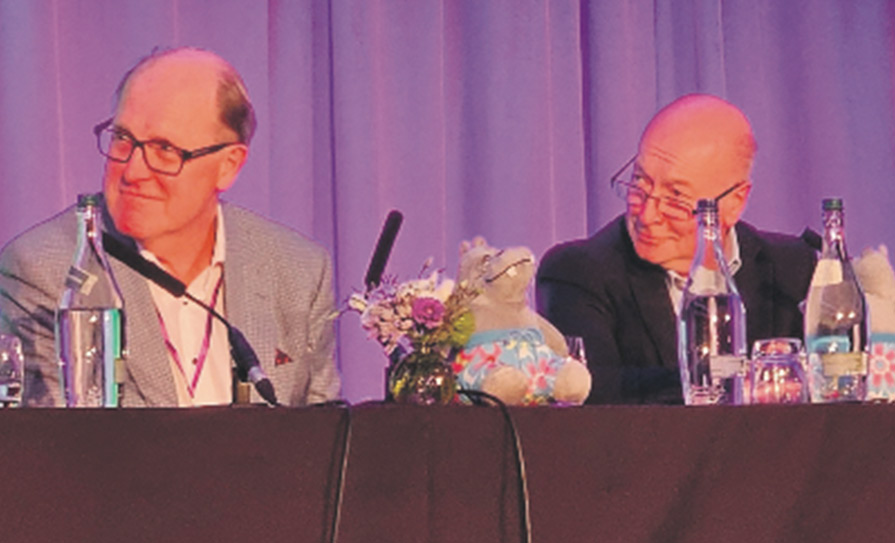
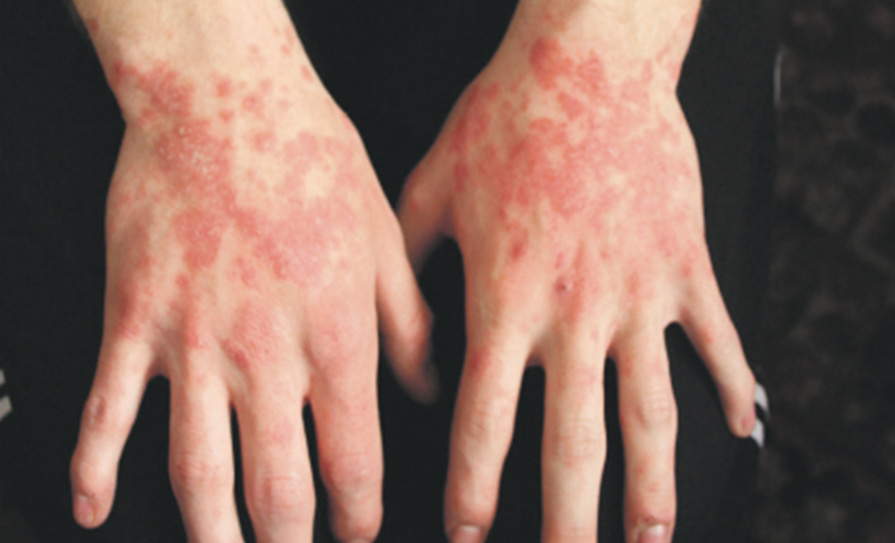
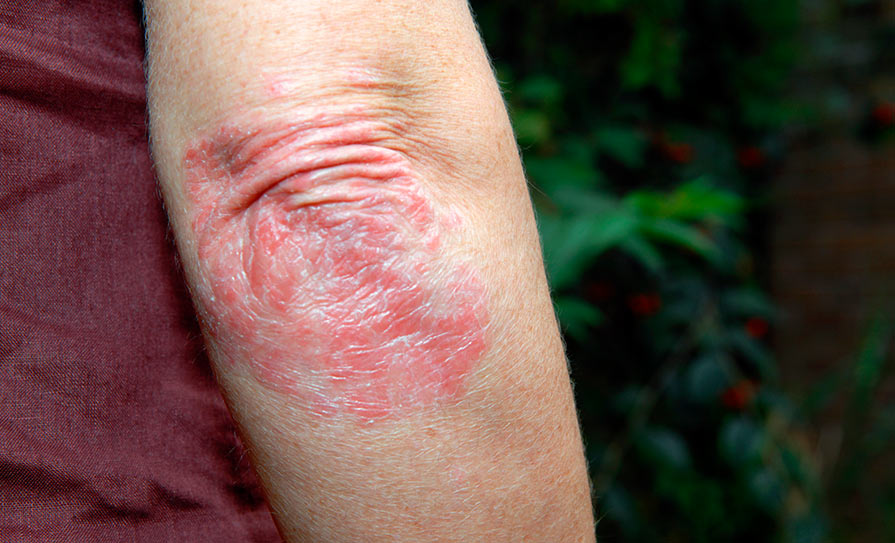

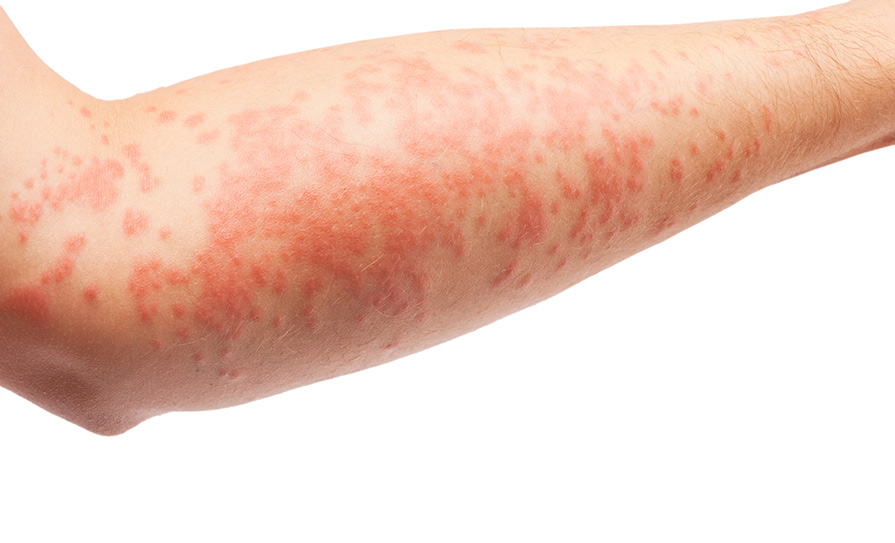

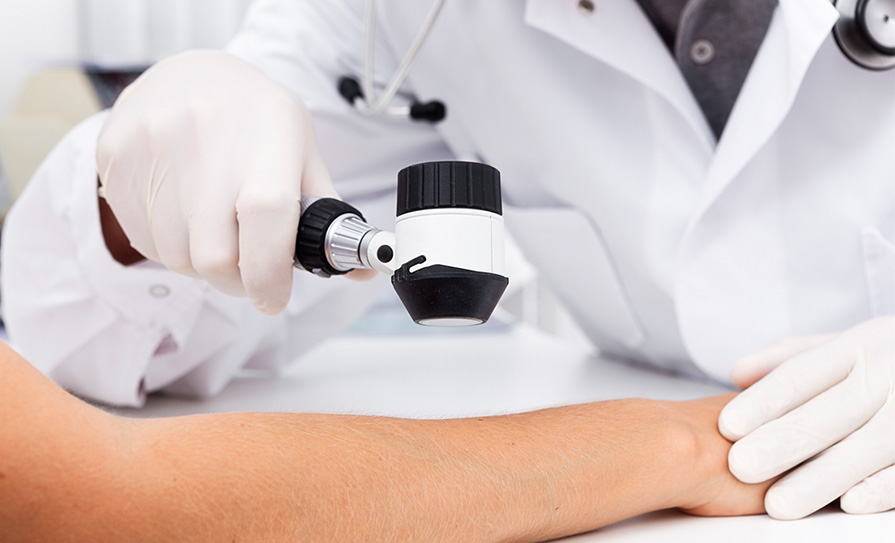
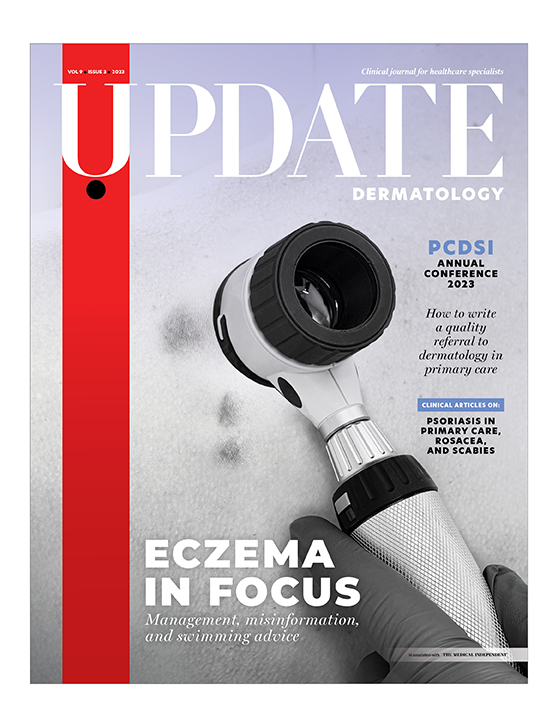




Leave a Reply
You must be logged in to post a comment.